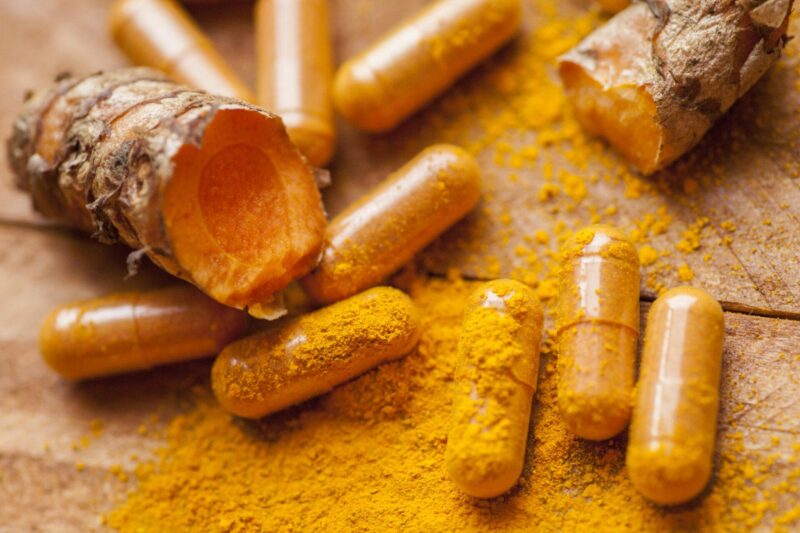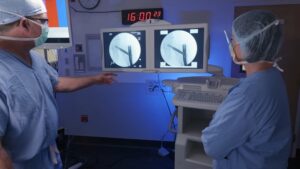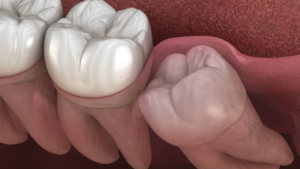Pain after surgery can interfere with healing, sleep, and daily function. Many reach for prescription or over-the-counter medication, but these options can cause side effects, dependency, or complications with other treatments. Natural methods can help manage pain, reduce inflammation, and support recovery safely.
Several alternatives have gained attention for their ability to ease discomfort without synthetic drugs. Options range from herbs like turmeric and ginger to methods like acupuncture and topical oils. Each has a specific role in pain relief and can support the body during the critical recovery period.
A clear plan for natural pain relief must always begin with a doctor’s guidance. Certain options may suit specific procedures or health conditions. When used correctly, natural methods can become valuable tools for post-surgical care.
Boswellia: A Natural Option Backed by Clinical Data

Boswellia serrata, often known as Indian frankincense, produces resin that contains boswellic acids. These compounds block the enzyme 5-lipoxygenase, which plays a key role in triggering inflammation. By disrupting that pathway, Boswellia helps reduce swelling and stiffness without the gastrointestinal side effects common to NSAIDs.
Research-Backed Evidence
A 2020 meta-analysis published in BMC Complementary Medicine and Therapies reviewed seven randomized controlled trials involving 545 patients with osteoarthritis. Results confirmed that Boswellia extract improved joint pain, stiffness, and physical function when taken consistently.
While the study focused on osteoarthritis, the anti-inflammatory action suggests that Boswellia may support pain control after surgery, especially for procedures involving joints or soft tissues.
Usage and Considerations
Boswellia supplements often come in standardized extracts. Look for formulations containing 60–65% boswellic acids, taken in doses of 300–500 mg up to three times daily. Always consult a healthcare provider before using it after surgery, especially if other medications are part of recovery.
Turmeric: Anti-Inflammatory Support with Curcumin
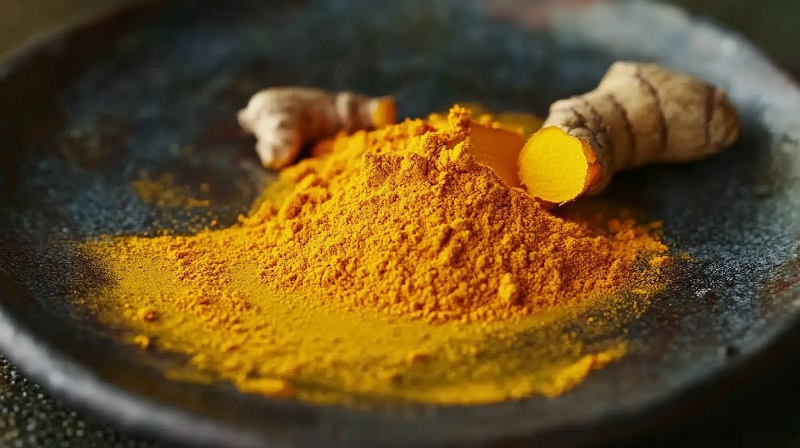
Turmeric contains curcumin, a bioactive compound with strong anti-inflammatory and antioxidant effects. It suppresses molecules like TNF-alpha and interleukin-6, both linked to chronic inflammation. That makes turmeric especially helpful after procedures where swelling can delay healing.
Curcumin may help reduce the reliance on opioids and NSAIDs in post-surgical care, but only when used under supervision.
According to Mary-Eve Brown in her article on hopkinsmedicine.org, curcumin is the active compound in turmeric that offers strong anti-inflammatory and antioxidant effects. She explains that curcumin may help manage joint pain, arthritis, colitis, and other inflammatory conditions, and that combining it with black pepper can increase its absorption by up to 2000 percent.
How to Use It
Most turmeric supplements pair curcumin with piperine (black pepper extract), which increases absorption. The standard therapeutic range is 500–1000 mg of curcumin per day, divided into two doses. Avoid using it before surgery due to mild blood-thinning effects.
Cloves: Localized Relief with Eugenol Power
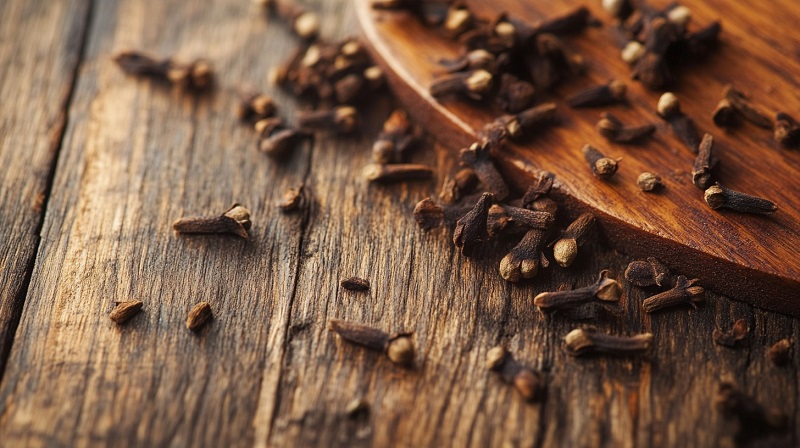
According to a study published in ScienceDirect, clove oil contains eugenol, a phenolic compound that provides localized pain relief by inhibiting nerve and muscle activity, likely through sodium channel blocking and modulation of acetylcholine at neuromuscular junctions.
Methods of Application
Clove oil must be diluted before topical use. A common method involves combining a few drops with a carrier oil, and then applying it to the affected area. Avoid broken skin, and never ingest clove oil without medical guidance due to its potency and potential toxicity in high doses.
Ginger: Root-Based Support for Inflammation and Pain
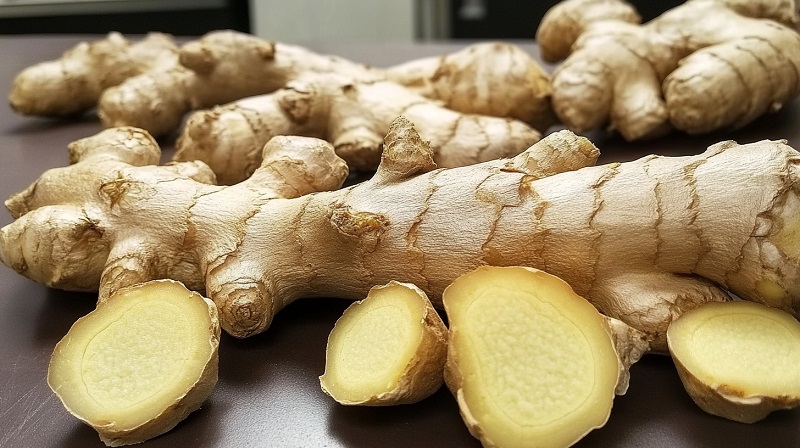
Ginger root contains compounds like gingerols and shogaols, which disrupt inflammatory pathways. These compounds affect prostaglandins and cytokines—two key players in pain and swelling after surgery. Unlike many synthetic drugs, ginger does not irritate the stomach or kidneys when taken in moderate doses.
These findings support the idea that ginger may provide post-surgical support, especially for muscle soreness or procedures with tissue trauma.
Forms and Safe Usage
Ginger can be used fresh, as tea, or in capsule form. Most clinical studies used doses of 1 to 2 grams per day. Excessive intake may cause digestive discomfort or mild thinning of the blood. Always check with a healthcare provider before combining ginger with anticoagulants or during wound healing.
Feverfew: Traditional Remedy with Modern Potential

Feverfew (Tanacetum parthenium) contains sesquiterpene lactones, particularly parthenolide, which reduce the activity of prostaglandins and histamine. These actions may lessen pain, swelling, and muscle tension.
According to Stan Heptinstall and his study in the Journal of the Royal Society of Medicine, feverfew (Tanacetum parthenium) may relieve migraine and arthritis pain by reducing serotonin release from platelets and limiting secretion activity in white blood cells. Heptinstall’s research confirmed that feverfew extract inhibits platelet aggregation and may block prostaglandin and leukotriene synthesis through phospholipase A2 inhibition, with parthenolide identified as a key active compound.
Cautions and Application
Feverfew is usually taken as capsules or dried leaves. Doses range from 50 to 150 mg daily. Side effects may include bloating, mouth irritation, and nausea. It should not be used during pregnancy or before surgery due to its potential to influence bleeding or uterine contractions.
Lavender Oil: Aromatic Relief with Scientific Backing
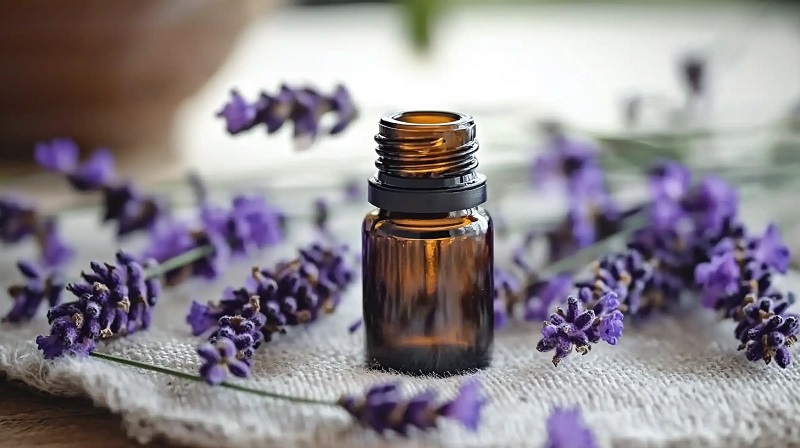
Lavender oil contains linalool and linalyl acetate, which have sedative, anti-inflammatory, and analgesic properties. When inhaled, these compounds trigger a calming response in the brain. Topically, lavender may reduce skin and soft tissue irritation after minor procedures.
Emily Cronkleton explains in her article on Healthline that lavender oil can relieve pain by reducing both inflammation and headache severity. In one study, children who inhaled lavender after surgery needed less acetaminophen. Another study showed that topical lavender oil eased pain as effectively as tramadol, a prescription drug.
Safe Use After Surgery
Use a diffuser, apply diluted oil to temples, or place a few drops on a cloth near the pillow. Never apply undiluted lavender oil directly on open wounds or near mucous membranes. Always dilute with a carrier oil, such as almond or jojoba, before topical use.
Peppermint Oil: A Cooling Approach to Nerve Pain and Headaches
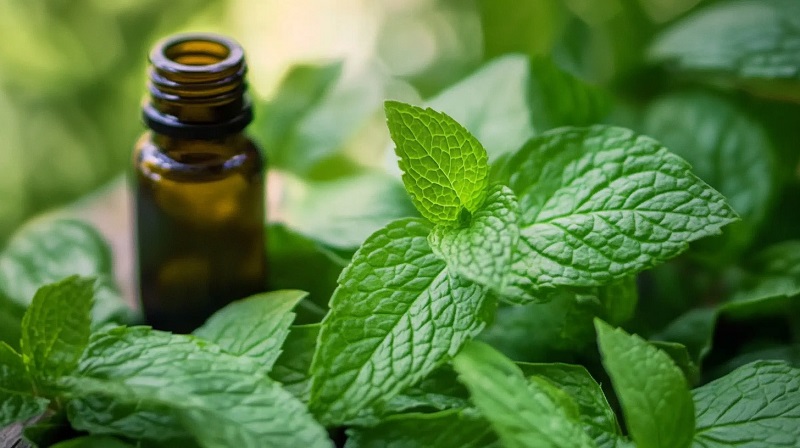
A group of researchers published a detailed review, focusing on the therapeutic role of essential oils. They emphasized peppermint oil as one of the most effective options for pain relief. The key component, menthol, provides a cooling effect that helps relieve nerve pain and muscle tension.
Menthol interrupts pain signals and soothes inflamed tissue. Researchers highlighted its role in treating tension headaches when applied to the forehead and temples. They also noted its usefulness for reducing discomfort during muscle spasms and joint pain. Pain caused by nerve irritation or minor injuries may also ease with topical peppermint oil.
Safe Application Tips
Apply diluted peppermint oil to the skin, never to broken areas. Avoid using it on children or sensitive regions. Always conduct a patch test first, as reactions can occur in individuals with sensitive skin.
Eucalyptus Oil: Anti-Inflammatory Support for Joint and Muscle Pain
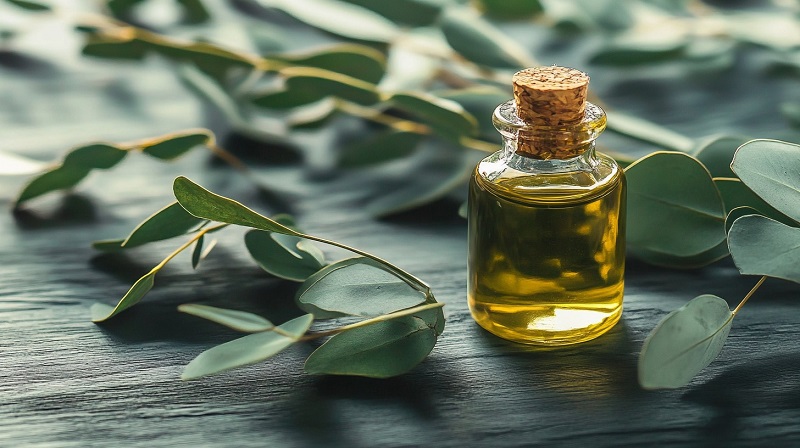
Eucalyptus essential oil includes 1,8-cineole, known for anti-inflammatory and decongestant effects. It can increase blood flow to affected areas and help reduce localized pain or swelling.
Postoperative Evidence
A study in Complementary Therapies in Clinical Practice found that inhaling eucalyptus oil helped reduce pain and improve quality of life in patients with rheumatoid arthritis. While not surgery-specific, the inflammation and joint pain patterns closely mirror post-surgical recovery needs.
Eucalyptus also promotes respiratory ease, which can benefit patients recovering under general anesthesia.
Correct Use and Warnings
Never ingest eucalyptus oil. For pain relief, inhale using a diffuser or diluted cloth. For muscle soreness, dilute in a carrier oil and massage gently over the area. Keep away from eyes and always avoid use on children.
Capsaicin: Topical Aid for Nerve Pain Management
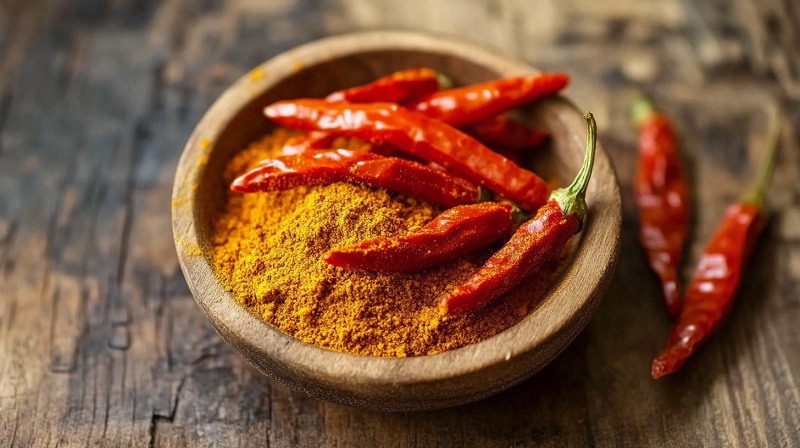
Capsaicin is the active component in chili peppers that depletes substance P, a chemical involved in transmitting pain signals. By reducing the local presence of this compound, capsaicin helps desensitize nerve endings in treated areas.
Evidence-Based Support
A randomized trial in confirmed that topical capsaicin patches significantly reduced neuropathic pain intensity. Patients also reported improvements in sleep and overall comfort levels after repeated applications.
Though not suited for open wounds, capsaicin may work well for nerve pain after minimally invasive surgery or procedures that trigger surface-level nerve damage.
Application Guide
Start with low-concentration creams or patches. Wash hands thoroughly after use and never apply near eyes or mucous membranes. Expect a brief burning or tingling effect, which usually fades within minutes.
Acupuncture: Restoring Balance and Reducing Surgical Pain
Acupuncture involves placing thin needles at specific points on the body to influence energy flow (qi) and stimulate endorphin release. Its benefits extend beyond pain control, affecting stress, circulation, and immune balance.
The National Center for Complementary and Integrative Health (NCCIH) reports strong support for acupuncture in managing pain tied to back surgery, knee replacement, and soft tissue recovery. A 2018 meta-analysis in The Journal of Pain confirmed that acupuncture offers measurable relief for musculoskeletal and postoperative pain conditions.
Use After Surgery
Seek treatment only from licensed practitioners. Acupuncture sessions are often tailored by pain type and surgical history. Benefits may increase over several sessions, especially when combined with physical therapy or mobility work.
Yoga: Physical Recovery through Gentle Movement
Yoga combines physical stretching with breath control and mental focus. Movements increase circulation, release tension, and support joint function—key factors in recovery after musculoskeletal procedures.
A study in Journal of Orthopaedic Surgery and Research found that 12 weeks of yoga reduced lower back pain and improved function. Though not all surgeries allow immediate movement, gentle postures may support recovery without strain.
Breath control in yoga also helps patients manage stress-related pain or sleep issues after discharge.
Cautions and Modifications
Patients must consult their surgeon before resuming yoga. Choose modified or restorative poses designed for surgical recovery. Avoid twisting or weight-bearing movements early in the healing process.
FAQs
What natural methods help reduce anxiety before surgery?
Deep breathing techniques, guided imagery, and aromatherapy using oils like lavender or chamomile can help lower preoperative anxiety. Listening to calming music or practicing short meditative sessions may also reduce stress levels before entering the surgical setting.
Can natural remedies delay wound healing?
Yes, some natural remedies may interfere with wound healing. Ingredients that thin the blood, such as turmeric, ginger, or feverfew, can increase bleeding risk or slow clot formation if used too soon after surgery. Always follow your surgeon’s timeline before introducing any supplements or oils.
Is it safe to combine multiple natural pain relief methods?
Some combinations may be safe, such as pairing topical oils with yoga or acupuncture. However, mixing multiple ingestible herbs like ginger, turmeric, and feverfew without supervision may cause interactions or overstimulation. A healthcare provider must evaluate each combination based on your recovery plan.
How long should I use natural pain relievers after surgery?
That depends on the type of surgery and the method used. Topical remedies like lavender or peppermint oil can often be used for days or weeks. Supplements like Boswellia or curcumin may be used longer-term, but only under medical guidance to avoid complications or interactions with other treatments.
Are there any natural pain relievers that help with sleep after surgery?
Lavender oil, chamomile tea, and magnesium supplements are often used to promote restful sleep during recovery. Calming practices such as mindfulness meditation and slow, rhythmic breathing also support sleep by relaxing the nervous system without medication. Always check with your care team before adding any new option.
The Bottom Line
Natural alternatives to painkillers can offer meaningful support after surgery when used correctly. Herbs like Boswellia and turmeric target inflammation. Oils such as peppermint and eucalyptus ease localized discomfort. Techniques like acupuncture, yoga, and breathing exercises help control pain without synthetic drugs.
Each method carries unique benefits, but safety depends on timing, dosage, and your personal health profile. Not every natural remedy fits every recovery. Always consult your surgical team before adding any supplement or therapy. When approved and guided properly, these options can improve comfort, support healing, and reduce the need for traditional medications.
Related Posts:
- How to Use Natural Sleep Aids for Better Rest
- Weight Loss After Gallbladder Removal Surgery –…
- What to Eat and What Not- After Appendix Removal Surgery
- List Of Foods to Avoid for a Smooth Recovery After…
- First Time Under the Knife: What to Expect Before,…
- What Not to Do After Sclerotherapy? Post-Treatment Guideline

